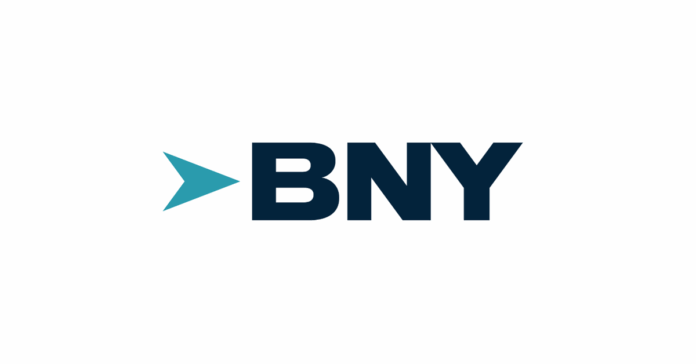NEW YORK, NY – The Bank of New York Mellon Corporation (BK), a venerable institution in the financial services industry, presents a compelling investment opportunity, currently trading at $92.43 as of July 5, 2025, with an estimated intrinsic value of $176.33 per share. This significant discount has led analysts to issue a “Screaming Buy” rating for the stock.
Founded in 1784 by Alexander Hamilton, BNY Mellon has evolved into a global financial powerhouse, overseeing trillions in assets under custody and administration. Unlike traditional retail banks, BK’s business model is largely focused on institutional clients, including pension funds, mutual funds, and corporations. This focus on custody and asset management services provides a stable, fee-based revenue stream that helps cushion the impact of interest rate fluctuations, a significant advantage in today’s dynamic economic climate.
The company’s financial health is robust, as evidenced by its trailing 12-month (TTM) Return on Equity (ROE) of 12.72% and Return on Tangible Assets (ROTA) of 1.09%. The 12.72% ROE signifies strong returns on shareholders’ equity, comparing favorably to industry peers whose ROE typically ranges from 10-15%. This indicates BK’s efficient capital allocation and consistent profitability. While the 1.09% ROTA may appear modest, it is considered solid for a custody bank, given their asset-heavy balance sheets due to substantial cash and securities holdings. As of March 31, 2025, BK reported total assets of $440.691 billion and a strong liquidity position with $116.545 billion in cash and cash equivalents, positioning it well to navigate economic uncertainties.
An in-depth intrinsic value analysis, utilizing both the Buffett-Inspired and McGrew Valuation Methods, underscores BK’s undervaluation. These methods, which emphasize distributable earnings, estimate BK’s intrinsic value at $176.33 per share. With a closing price of $92.43, this represents a discount of 47.6% below its intrinsic value, triggering the “Screaming Buy” rating. Even with a 25% margin of safety, the intrinsic value remains at $132.25 per share.
Key factors contributing to BK’s attractiveness as an investment include:
- Stable Revenue Streams: The company reported TTM total revenue of $18.514 billion, including $4.431 billion in net interest income and substantial fee-based income, providing resilience against interest rate volatility.
- Robust Liquidity: With $116.545 billion in cash and cash equivalents and $41.316 billion in federal funds sold, BK is well-positioned to meet its obligations and fund future growth.
- Moderate Leverage: A manageable debt-to-equity ratio of 0.76 (Total Debt: $32.743 billion; Total Equity: $43.119 billion) indicates a healthy financial structure supported by strong earnings.
- Shareholder Returns: BK actively returns value to shareholders through a TTM dividend yield of 2.01% ($1.86 per share) and $2.822 billion in share repurchases.
Despite its strengths, potential investors should consider certain risks. The company’s high interest expenses ($21.203 billion TTM) make it vulnerable to interest rate cuts, which could compress net interest margins. Additionally, market volatility could impact fee-based revenue tied to asset management. Stringent banking regulations also pose a risk by potentially increasing compliance costs. Finally, the intrinsic value calculation has some limitations, including the assumption of zero regulatory capital increases and the use of only 1.25 years of data for the Compound Annual Growth Rate (CAGR), which could affect accuracy.
In conclusion, The Bank of New York Mellon represents a compelling investment opportunity for those seeking stability and value. Its strong fundamentals, efficient profitability, diversified revenue streams, and significant undervaluation, as highlighted by the intrinsic value analysis, suggest considerable upside potential despite inherent industry risks.

